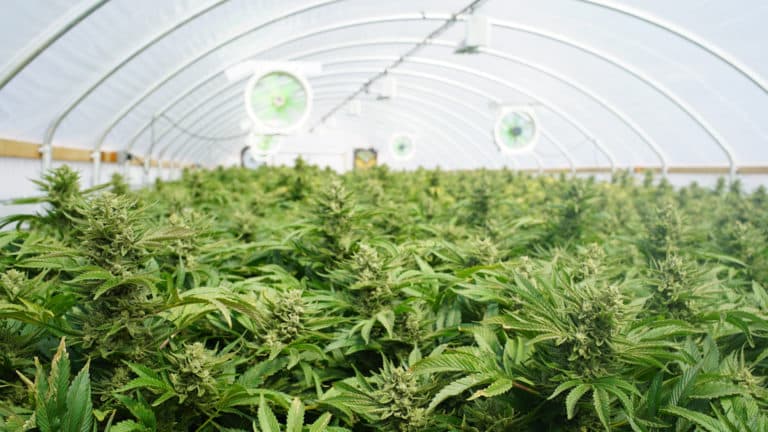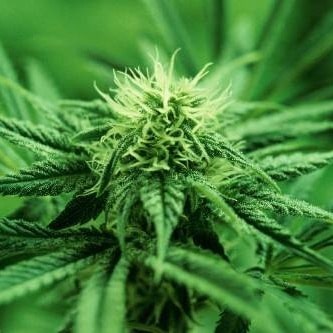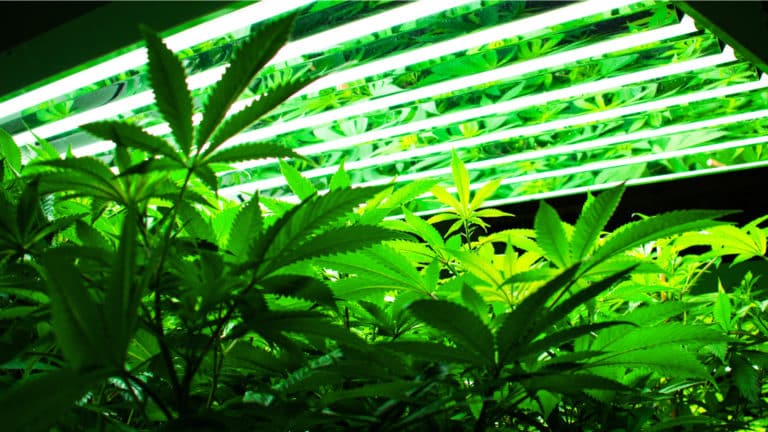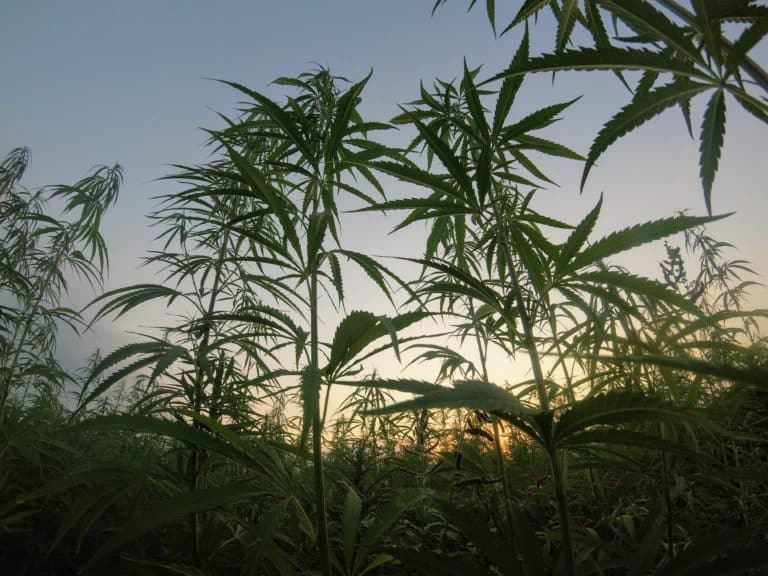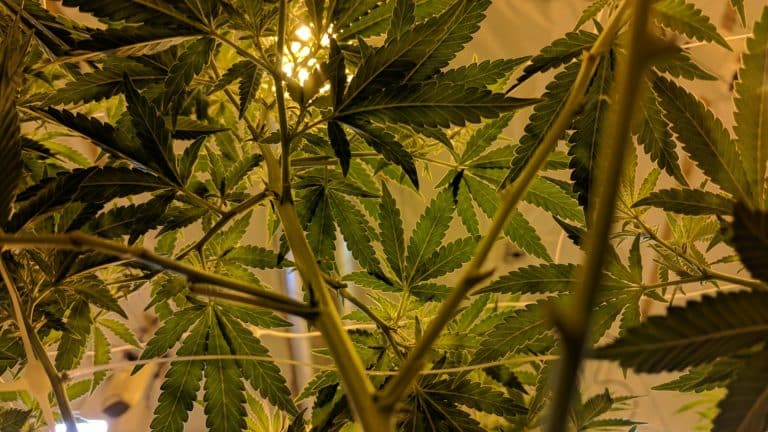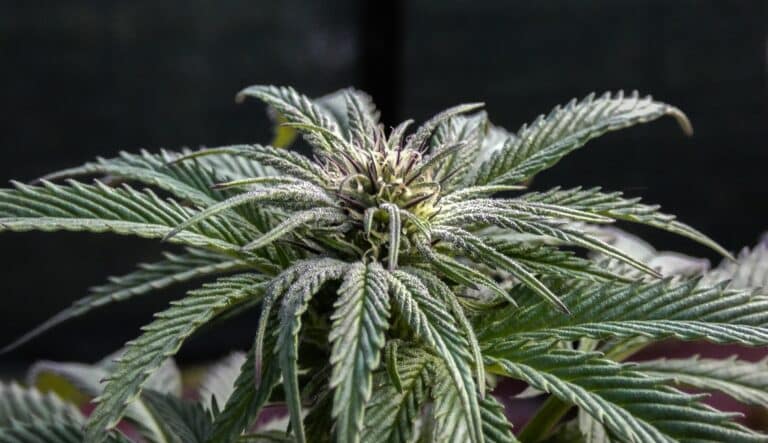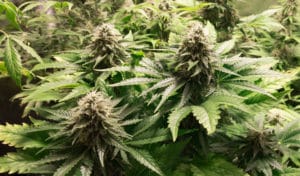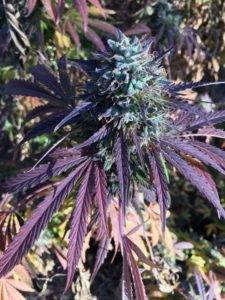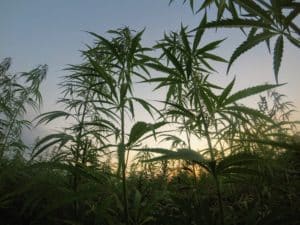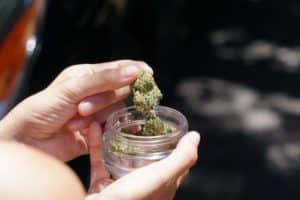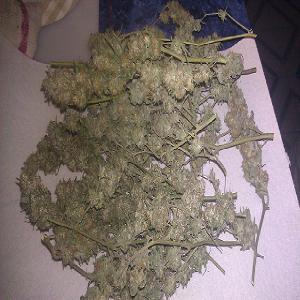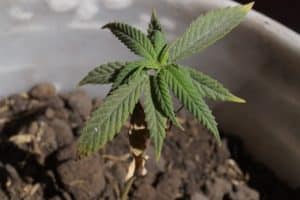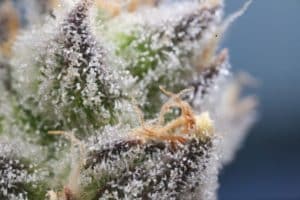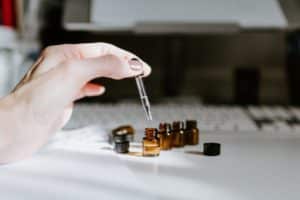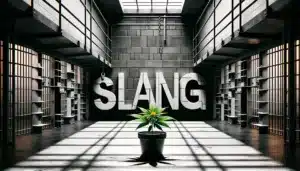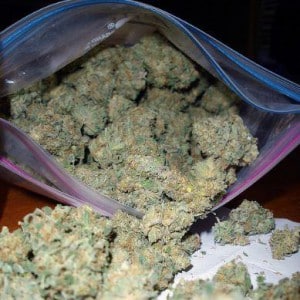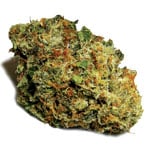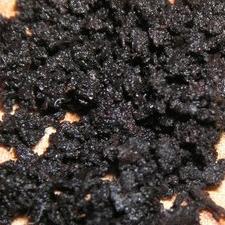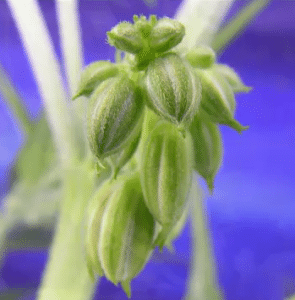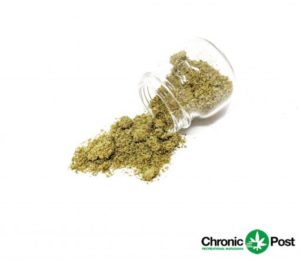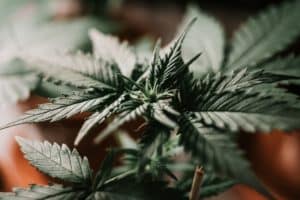 The brilliant and beloved organic gardening writer Jeff Lowenfels is at the Melody Ballroom in Portland this Thursday, March 31 to speak at a special organic soil and gardening event hosted by the Oregon Cannabis Association. Hobbyists, professional cultivators, those who are just contemplating the switch to organic and longtime practitioners will appreciate his humor, wisdom and passion for “the soil food web.”
The brilliant and beloved organic gardening writer Jeff Lowenfels is at the Melody Ballroom in Portland this Thursday, March 31 to speak at a special organic soil and gardening event hosted by the Oregon Cannabis Association. Hobbyists, professional cultivators, those who are just contemplating the switch to organic and longtime practitioners will appreciate his humor, wisdom and passion for “the soil food web.”
Buy tickets here for Thursday’s organic cannabis gardening event with Jeff Lowenfels and an expert soil panel coordinated by Portland’s Roots Garden Supply.
Meanwhile, Eco Firma Farms founder Jesse Peters caught up with Lowenfels today to ask him a few questions of his own.
JESSE PETERS: At Eco Firma Farms, we are focused on sustainability. We use all renewable energy and are working hard to have our cultivation be 100% carbon neutral. We are striving to live up to the idea of “leave it better than you found it” in regards to the world around us. With the new wave of information available to us, and now being able to speak freely about the cultivation of cannabis, we are excited to finally be in a position to move forward with a fully organic gardening program, and close the loop on the cultivation side of sustainability.
That being said, we have many questions as we navigate this transition. Teaming with Microbes and Teaming with Nutrients have been invaluable guides to us, as they have been to so many gardeners of all manner of plants, and we eagerly await the upcoming Teaming with Fungi. Meanwhile, a few questions specific to cannabis cultivation:
First, in building a living soil for an indoor garden, should one still use containers or build a planter box? If one couldn’t build a planter box, or it isn’t advised, what size container should be used? Cannabis plants being grown with salt-based fertilizer can get very large in relatively small containers. Is it true that organically grown, indoor, cannabis needs a larger root zone?
JEFF LOWENFELS: I don’t think it matters as long as the soil grown plants have at least 5 gallons of soil. If you are using fertilizers properly you have established mycorrhizae. If not, you don’t. This is the big key in my book.
JP: As we all know, botrytis and powdery mildew are every cannabis garners seemingly endless battle. Knowing that we can combat these fungi with beneficial fungi; as mentioned in your book, Teaming with Microbes, you refer to many different forms of Trichoderma working to do everything from lessen the need for nitrogen in corn to eating botrytis. What do you suggest for preventative maintenance, or in an outbreak, aggressive treatment for these fungi, specifically in regards to cannabis?
JL: Once they are there, they are there. Prevention. Air circulation. Cleanliness. Mycorrhizal fungi at the very start, seed rolling, then a spray of compost tea every week or so.
JP: In building a soil food web in an indoor garden how far does one go to complete the web? Obviously, the web stops at mammals and reptiles when indoors, so how is population controlled? Does an indoor gardener stop at arthropods and worms? Do they even go that far? How does an indoor garden face these challenges?
JL: You take it as far as you can. The microbes are the key – they are recycled by themselves. It is adding new stuff into the system that is a problem indoors. Mulch, just as you would outdoors. Establish Mycorrhizae and use compost teas or extracts.
JP: All gardens face pest problems, from spider mites to deer. We can disregard the occasional grazing human. What do you suggest to combat these issues? Obviously you speak about the power of Neem oil, but when dealing with pests such as the broad or russet mite, this treatment is ineffective. What do you suggest for cannabis other than heat?
JL: Prevention. Prevention. Willingness to toss a crop. Azamax, beneficial nematodes. For deer: Plantskydd
JP: In Teaming with Microbes, you reference the F:B biomass for many different varietals of plant and tree. What do you suggest for a cannabis plant? Should one keep a higher biomass of bacteria based on cannabis being an annual, or higher Fungal biomass for root and plant health or nitrification? This obviously plays into pH as well, what soil pH is ideal for cannabis plants and how should ones F:B cater to that?
JL: These are annual plants and should have a higher bacterial number.
JP: Do you have specific nematode and protozoa recommendations for cannabis plants? Where should one go for their Nematode and protozoa? Are there bad sources?
JL: Grow your own protozoa. Handful of straw or hay in a bucket of water, stirred three times a day will result in a bucket full of paramecium in 48 hours. They eat and cycle bacteria.
Nematodes: Online? Good nursery?
JP: Can you talk a little about cation exchange capacity, which measures the ability of the soil to maintain nutrients? What is the highest CEC you’ve seen, leaving out drainage? In Teaming with Microbes you reference organic soils having a CEC of 50-100. Have you seen higher CEC that still has good drainage and aeration? In striving for the perfect balance of CEC and aeration/drainage in the cannabis plant what soil and plant tests can one do to find this mixture emphatically?
JL: It is important to know about CEC because it explains part of the process of how plants get their food, but it isn’t something I have ever used in real life! I would if my soil was shit and I couldn’t get results. But if you are getting results, don’t mess with it. I DO let my testing lab fool with it in giving recommendations if I a having a crop problem. This is the guy: https://www.kinseyag.com. Bottom line, though, CEC shouldn’t be a concern unless you live the Albrecht system.
JP: Through the years of underground cannabis cultivation, many cultivators referenced their plants as “tomatoes” under the old adage that they were very similar plants in many ways. In Teaming with Microbes and Teaming with Nutrients, you reference flowers, vegetables, fruits; when reading your books should one consider cannabis plants as a flower to draw comparison? The cannabis plant is very unique in many ways, but also very similar to many plants. How do you suggest one reads your books when looking through the eyes of a cannabis cultivator?
JL: Well, my third book, Teaming with Fungi: The Organic Grower’s Guide to Mycorrhizae, actually references cannabis. How things have changed. Cannabis is an annual. Treat it like one by using bacterially dominated soils and mulches if possible!




